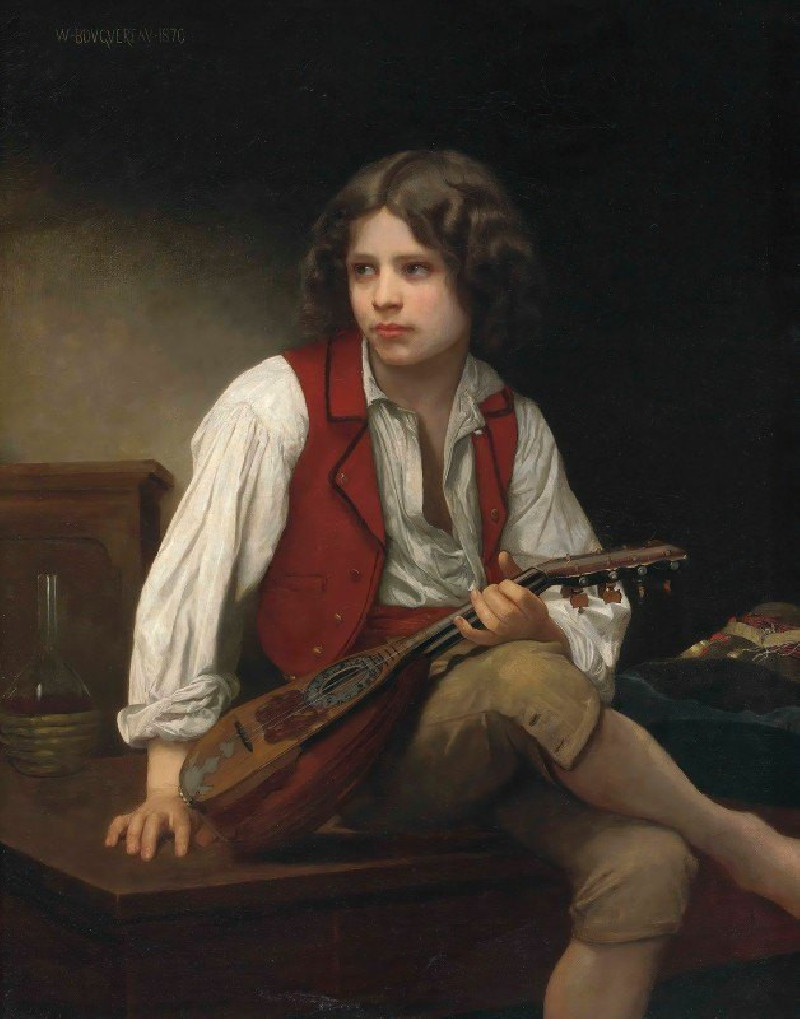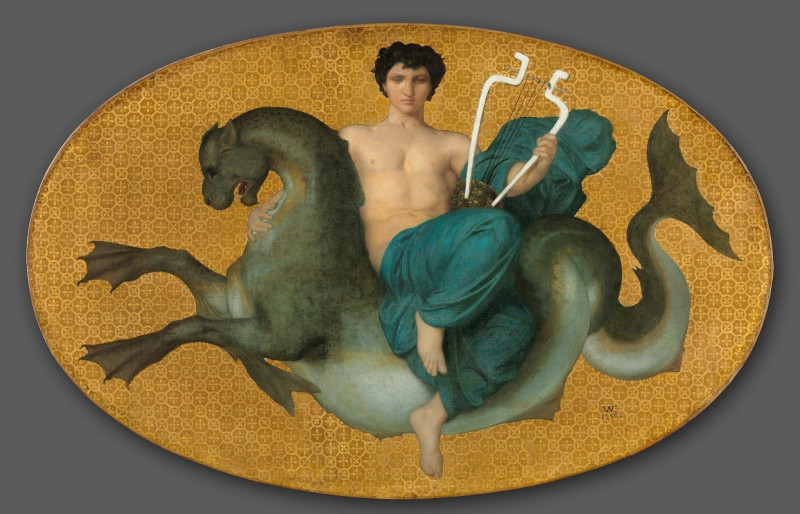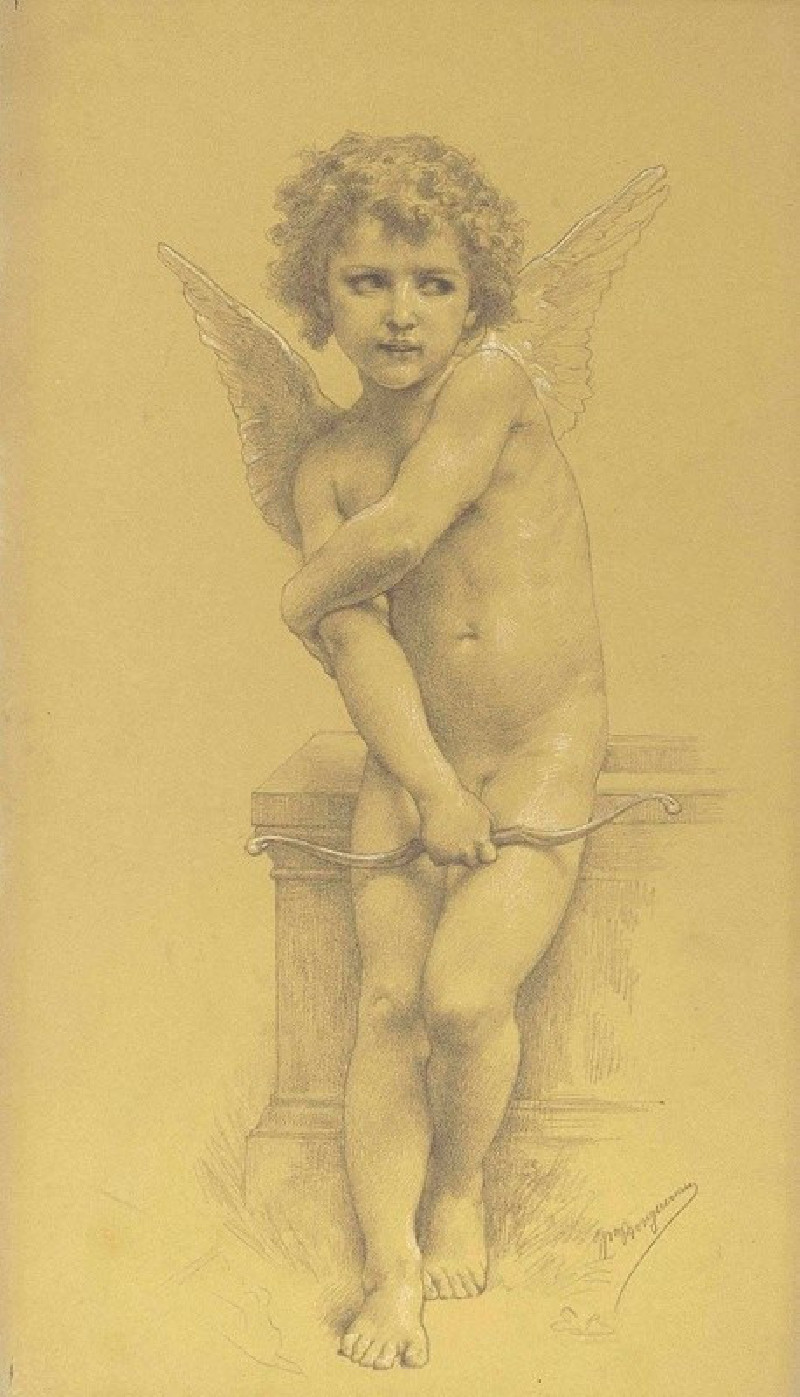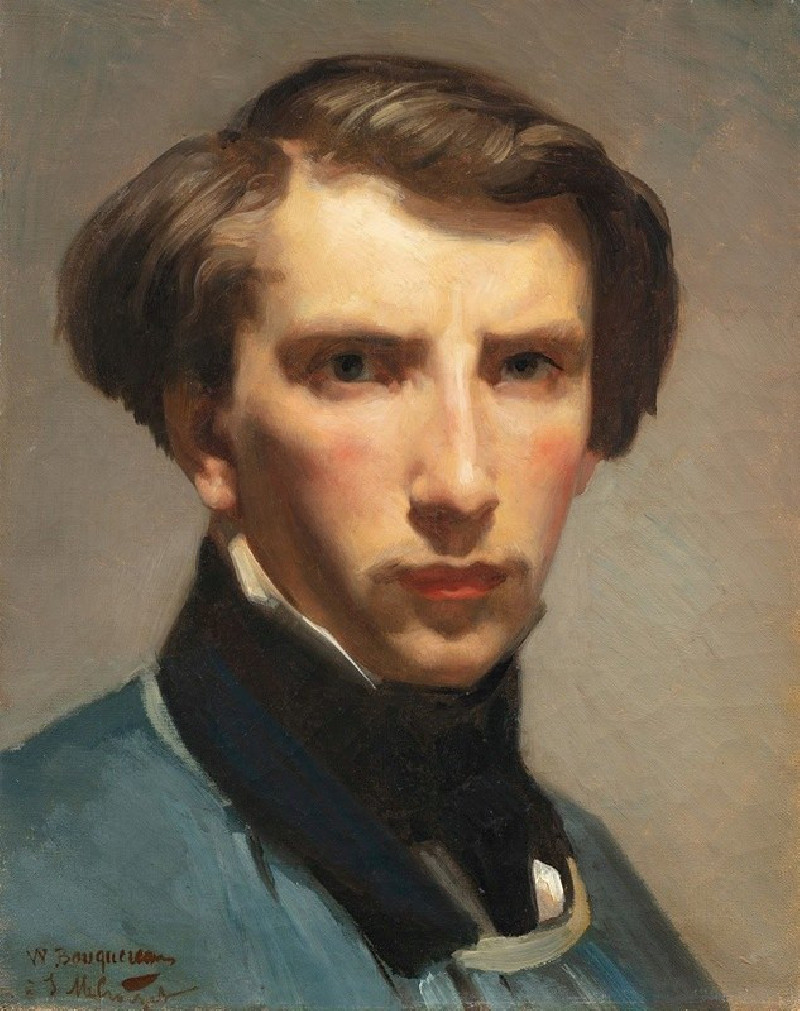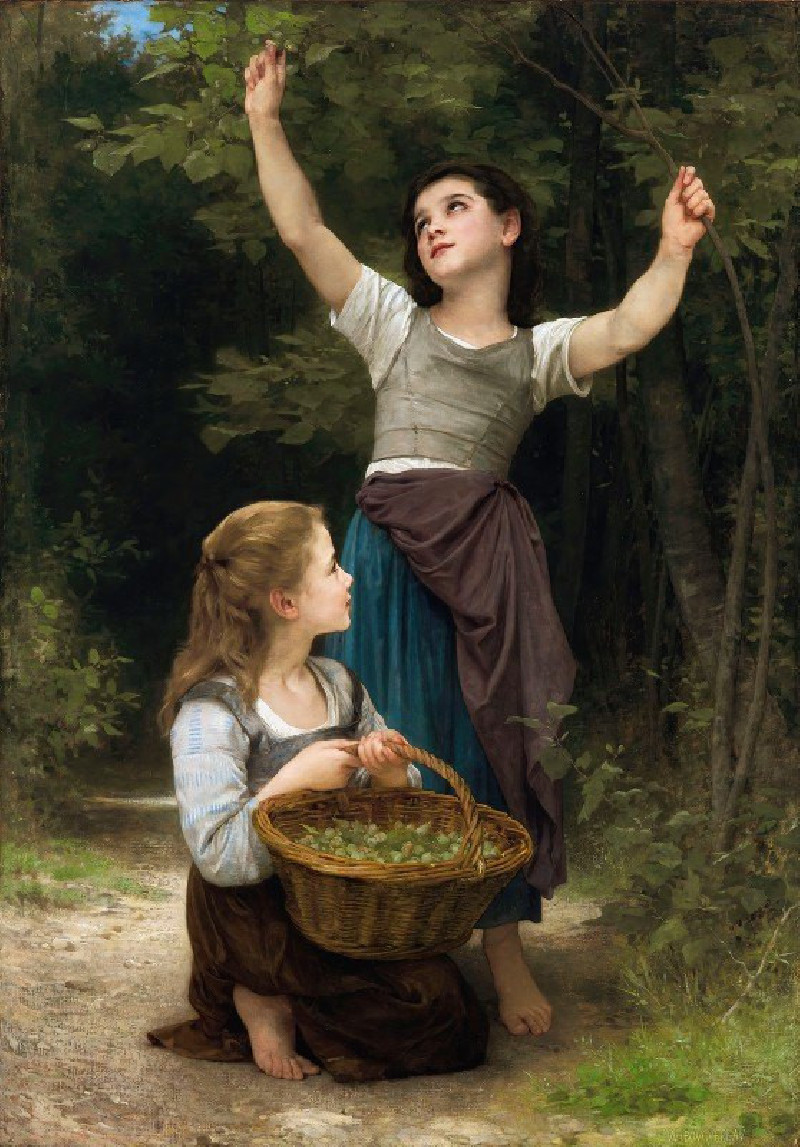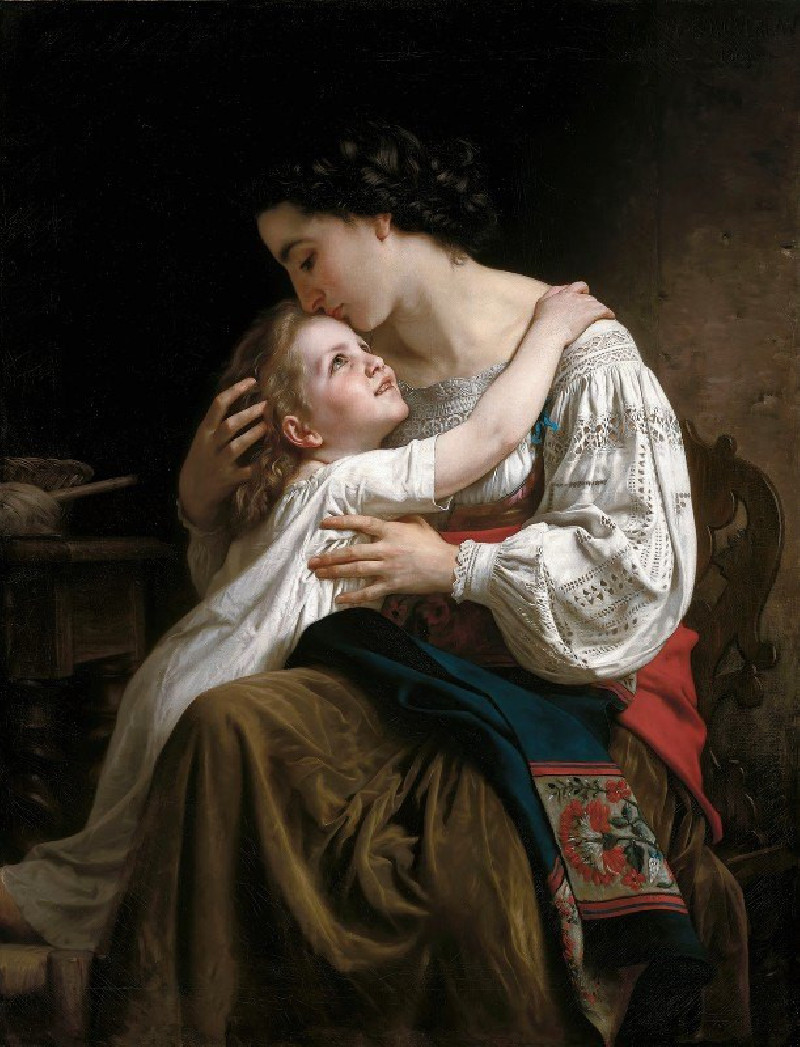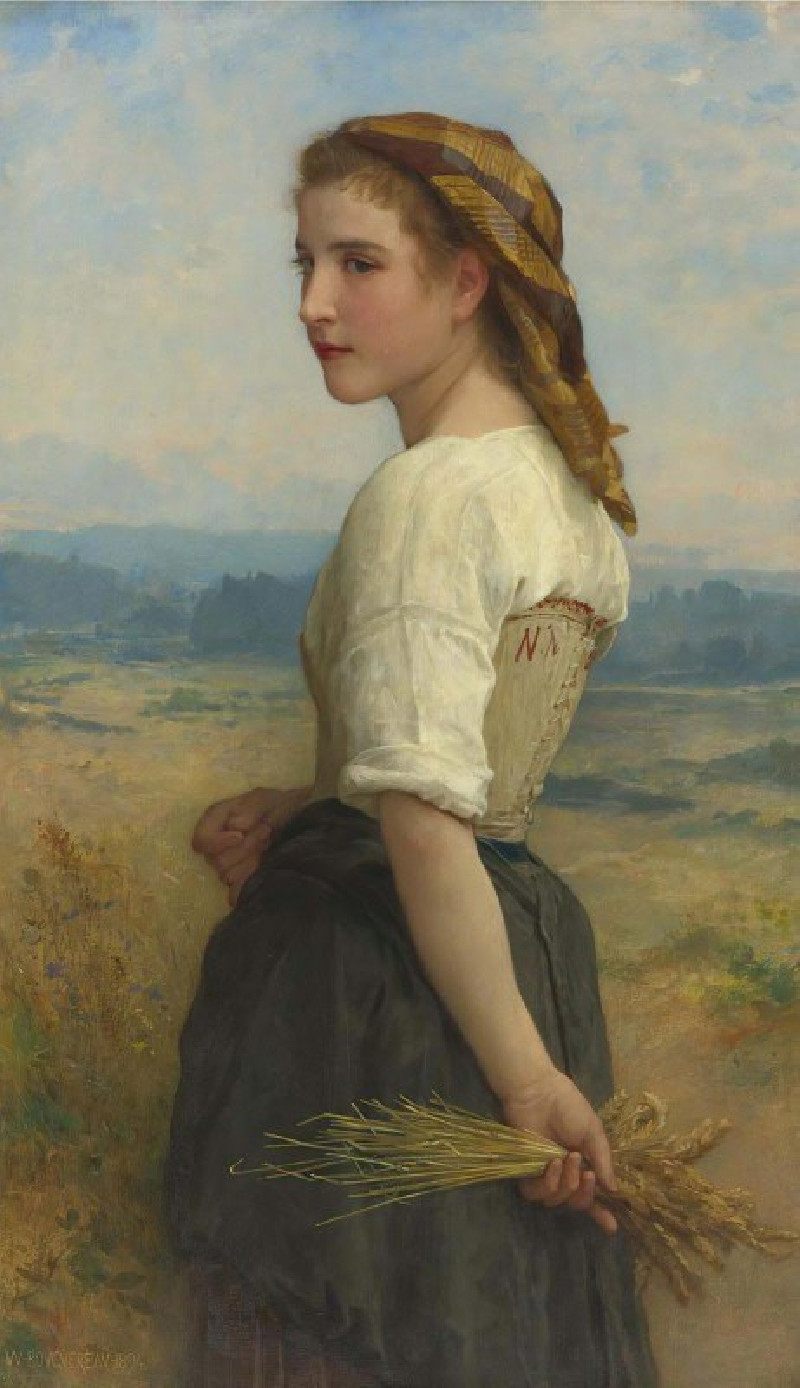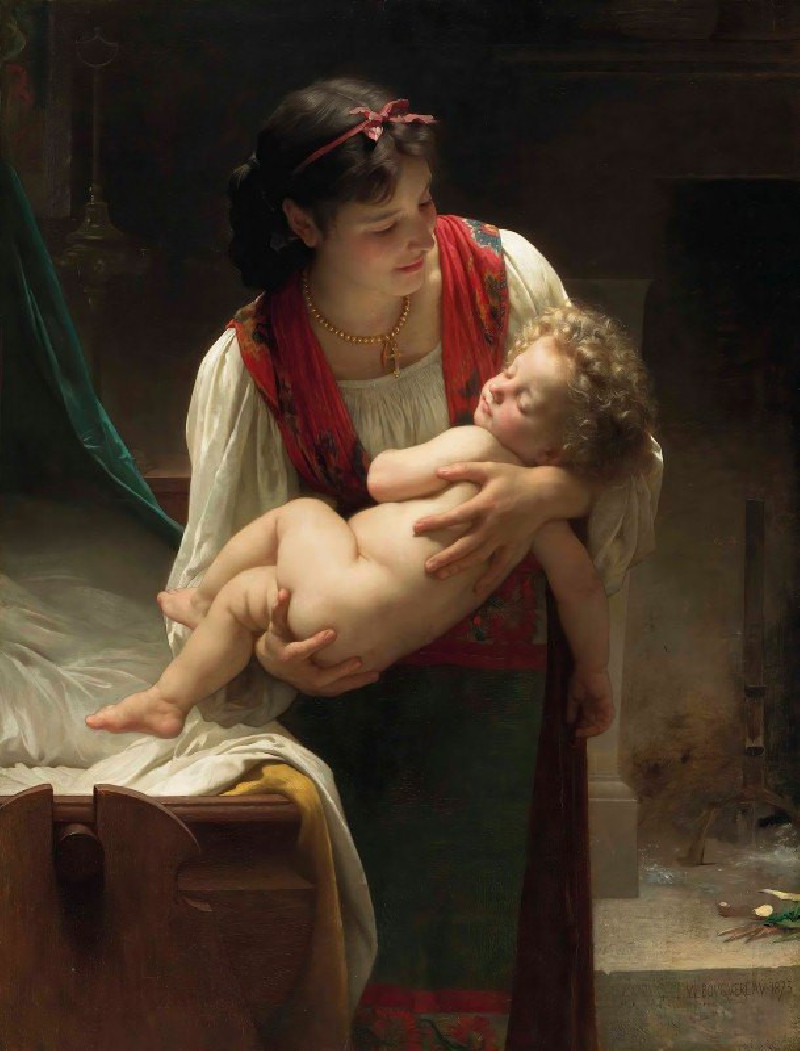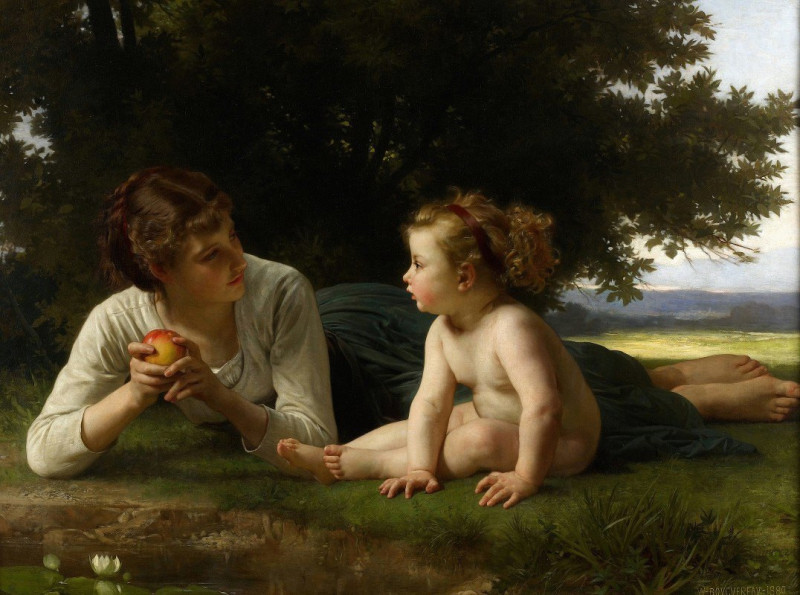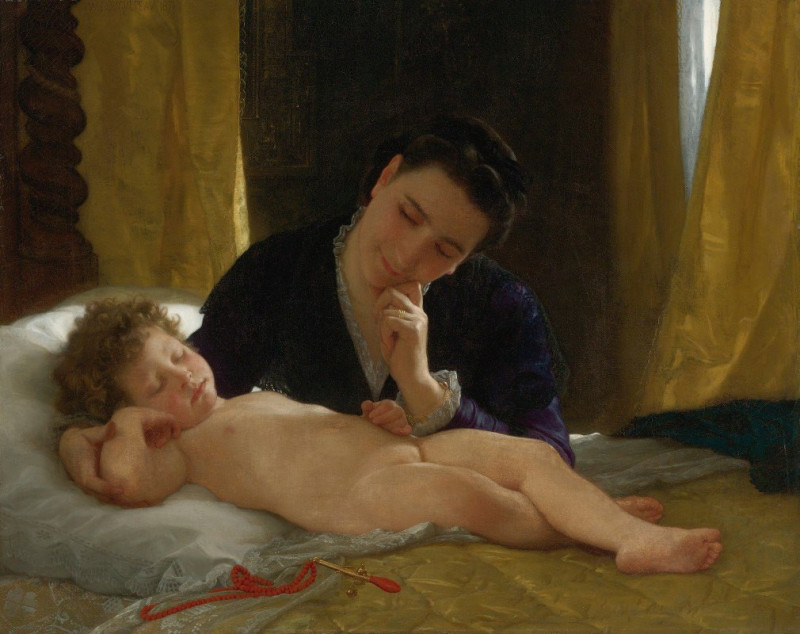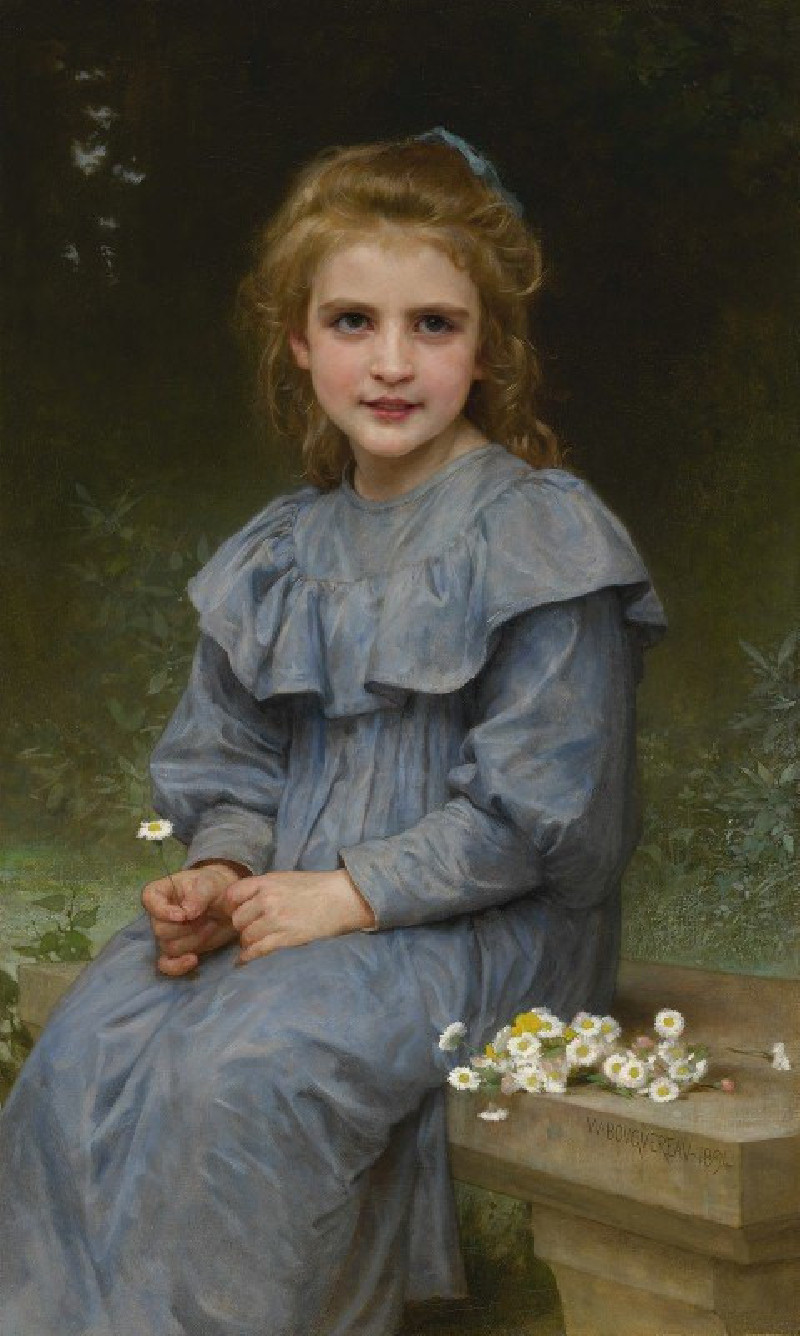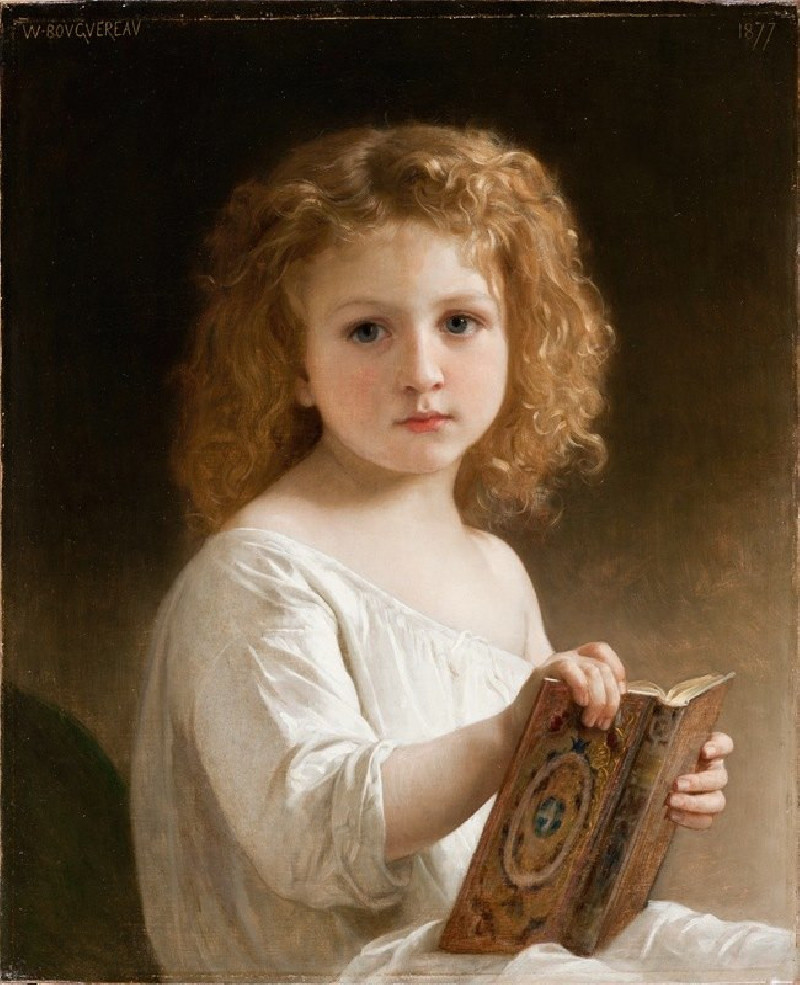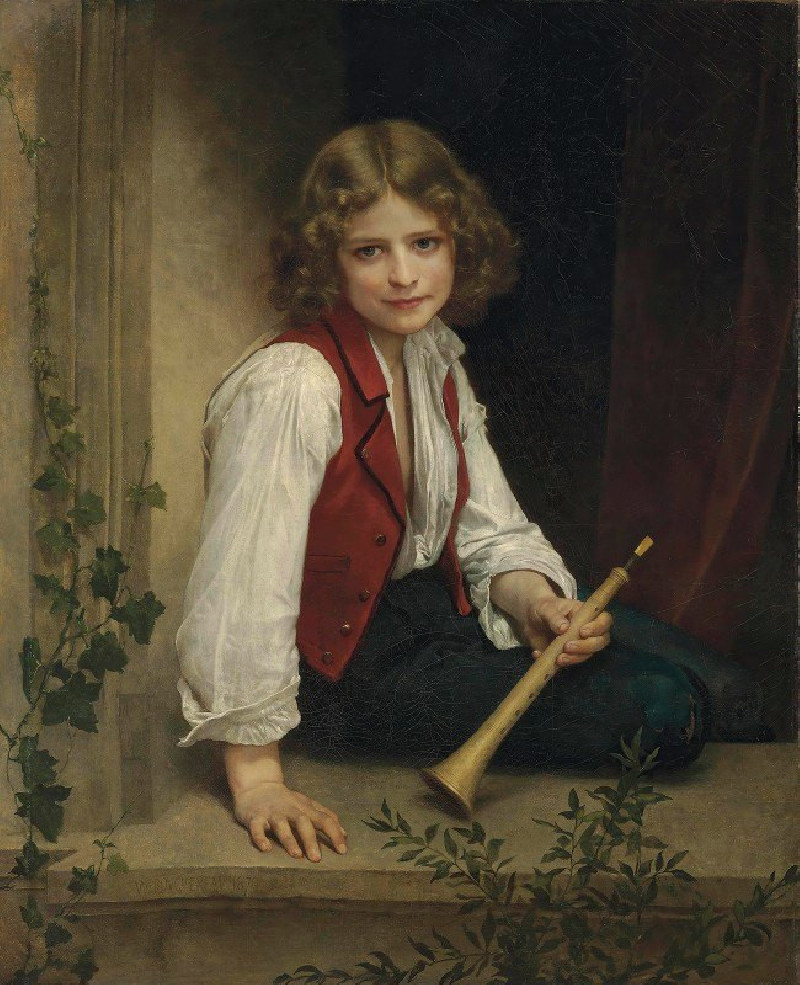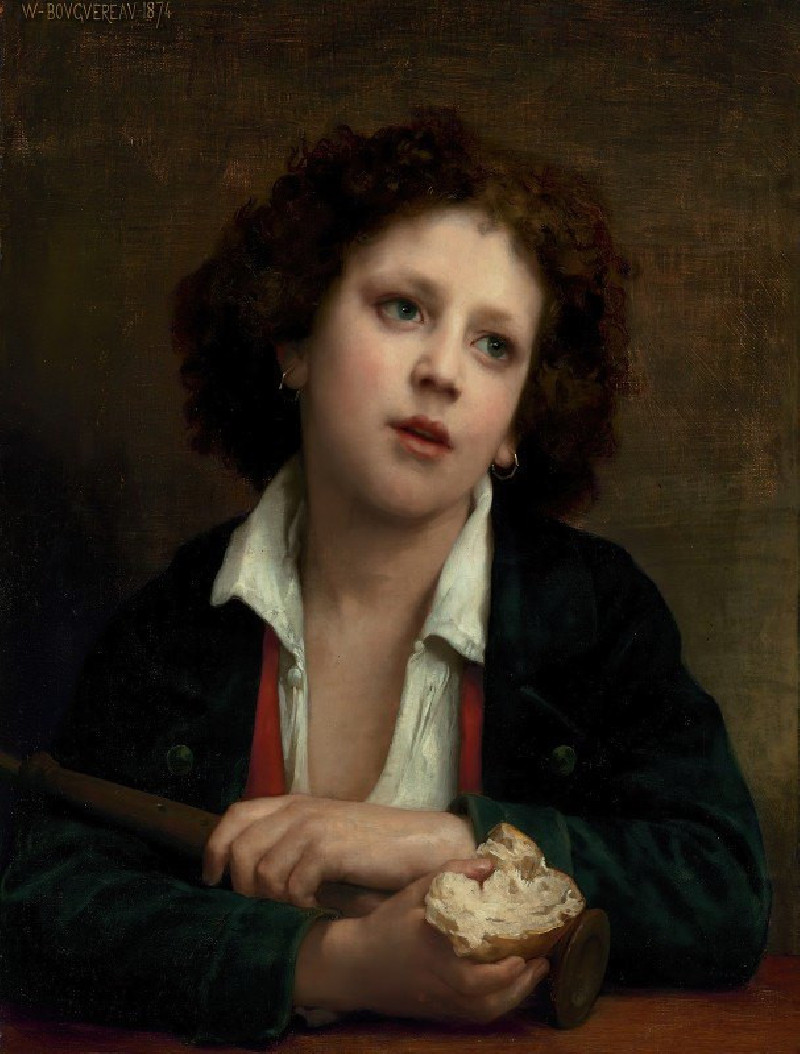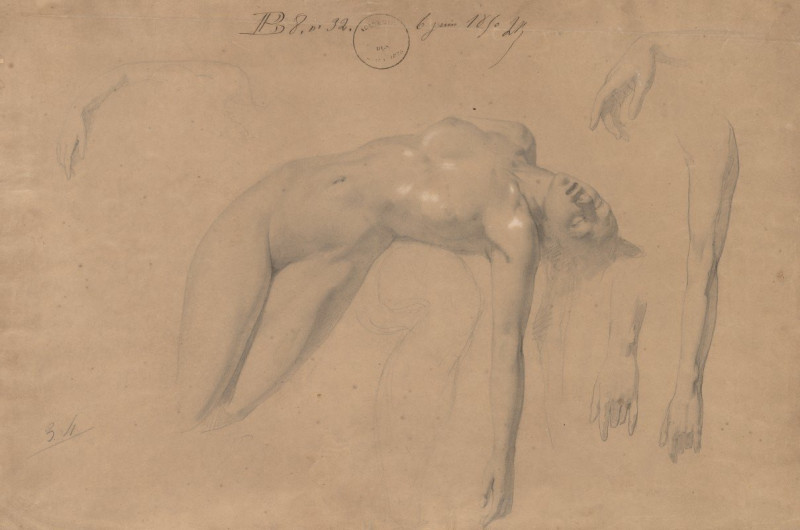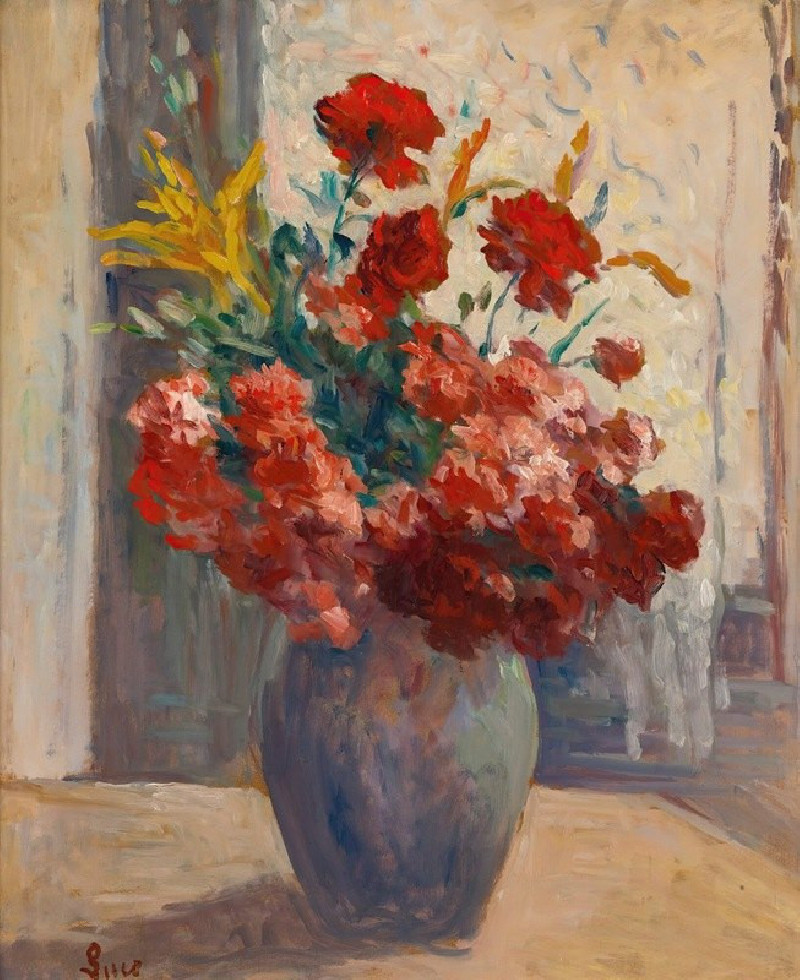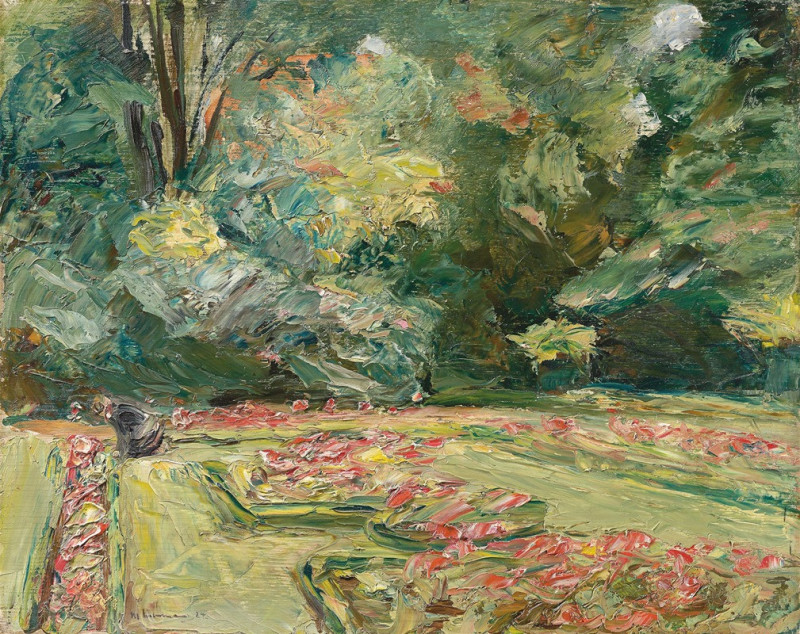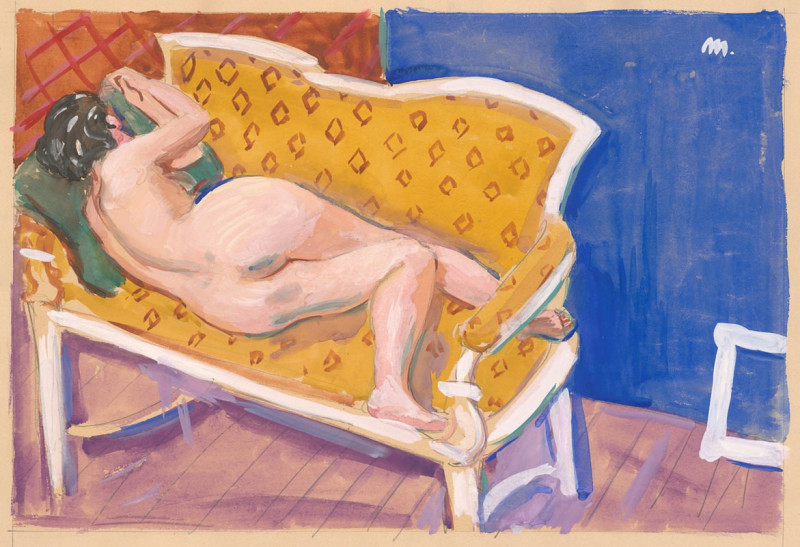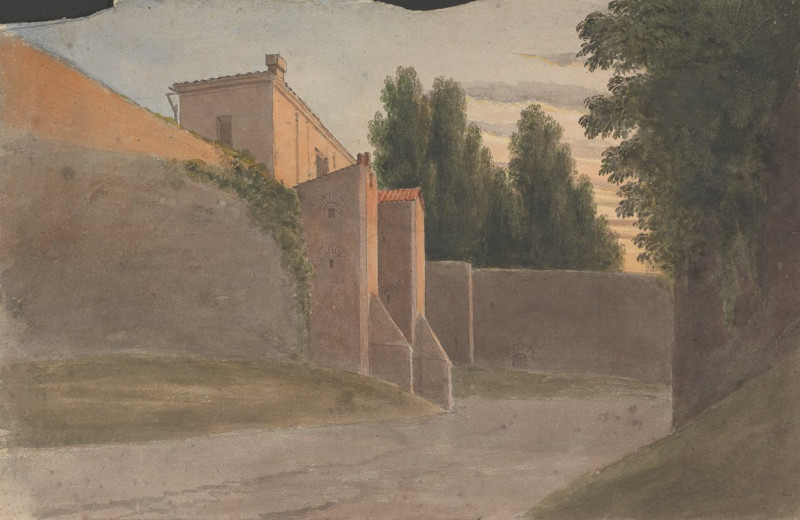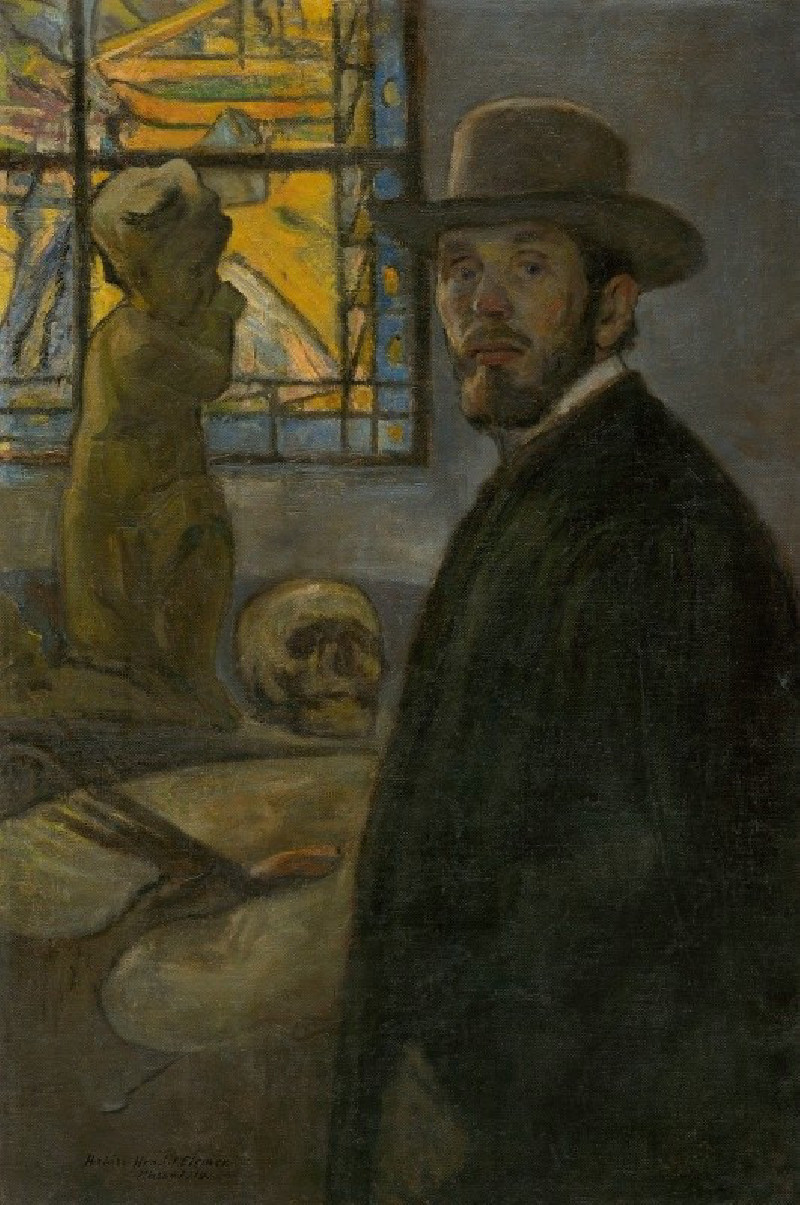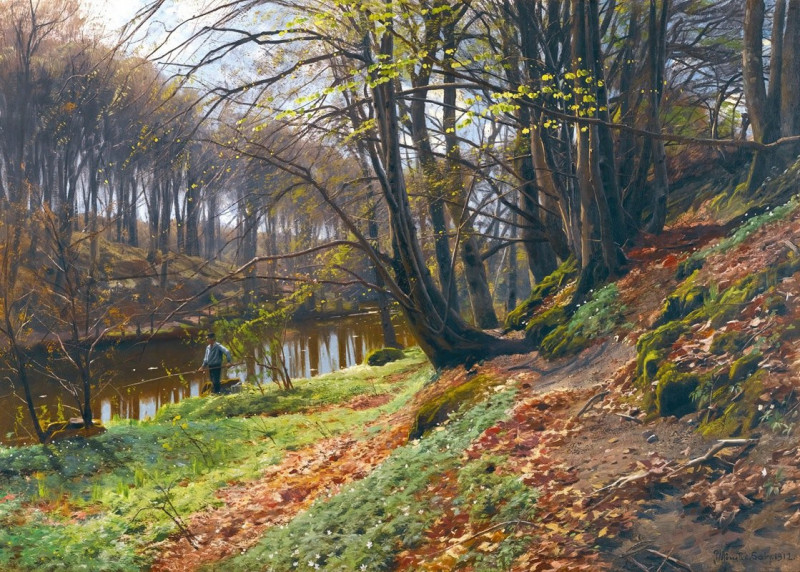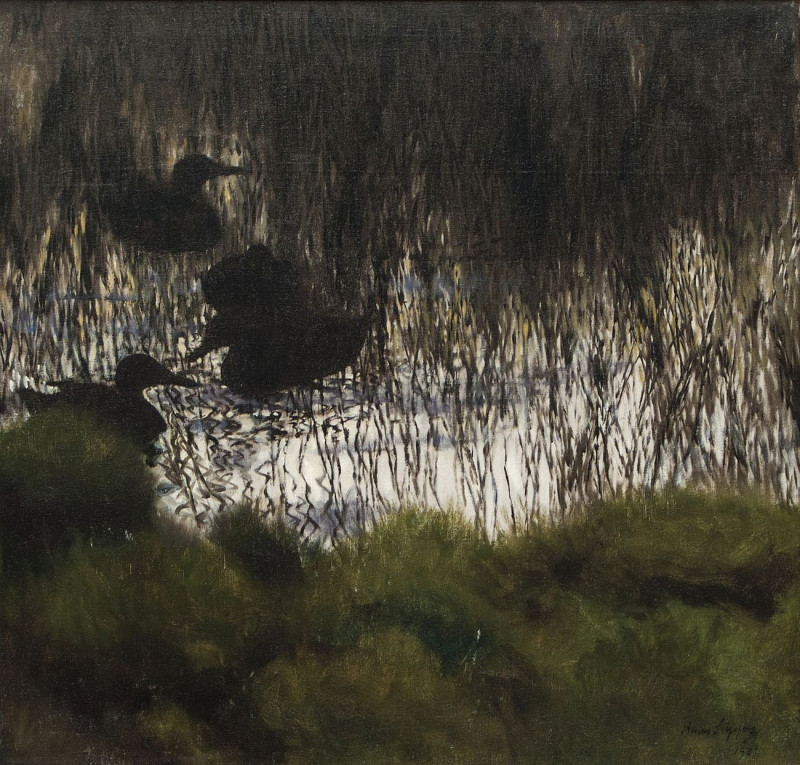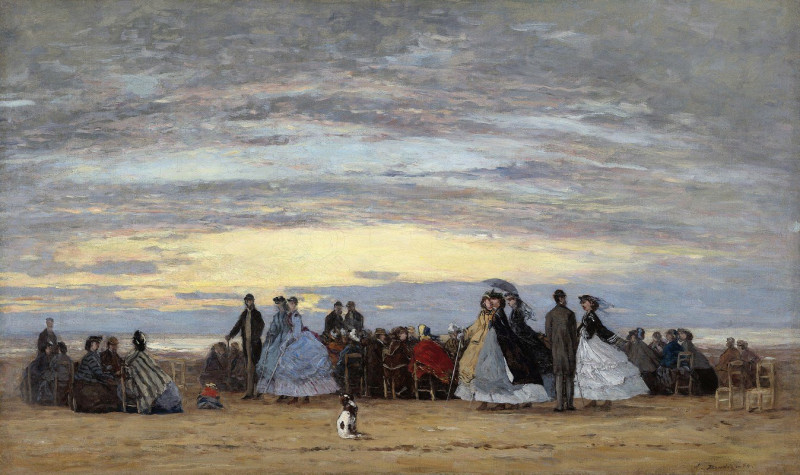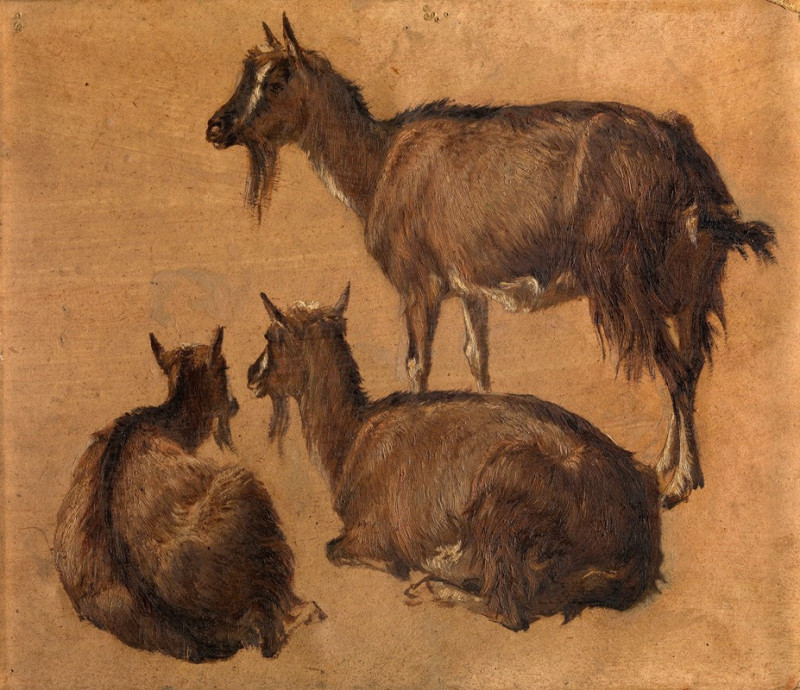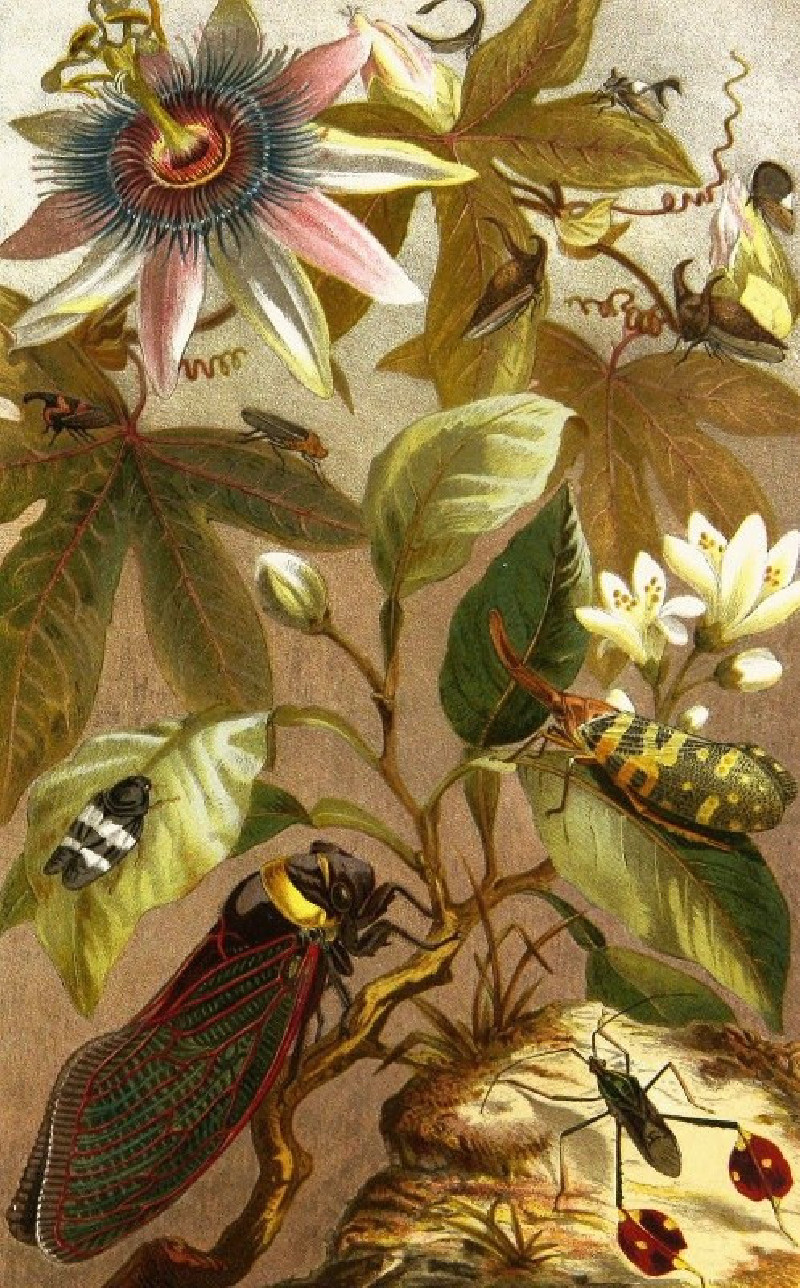Italien à la mandoline (1870)
Technique: Giclée quality print
Recommended by our customers
More about this artwork
Dive into the rustic charm of the 19th century with William Bouguereau's captivating masterpiece, "Italien à la Mandoline," painted in 1870. This exquisite work features a young Italian boy poised in a moment of musical contemplation, his fingers delicately pausing on the strings of his mandolin.Bouguereau's mastery in the portrayal of human emotion and realistic detail shines in this portrait. The boy, dressed in a traditional red vest and white shirt, sits against a dark, muted background that enhances the luminosity of his skin and the soft fabric of his clothing. His eyes, filled with a reflective melancholy, seem to invite the viewer into his silent reverie. The mandolin, beautifully detailed with ornate designs, rests gently in his lap, suggesting a pause in his performance.The composition and the lighting focus attention on the expressiveness of the boy's face and the textural contrasts between his attire and the polished wood of the mandolin. This painting not only captures the cultural essence of Italy but also reflects the period's fascination with idealized peasant life and traditional craftsmanship."Italien à la Mandoline" is a timeless invocation of youth and music, rendered with the delicate precision and emotional depth that are hallmarks of Bouguereau's art.
Delivery
Returns
William-Adolphe Bouguereau was a French academic painter. In paintings of the realistic genre, he used mythological themes, modern interpretation of classical themes, emphasizing the female human body. During his lifetime, he achieved great popularity in France and the United States, was awarded many official honors, and sold his works for top prices. In the early twentieth century, Bouguereau and his art disappeared from the public eye, partly due to its changing artistic tastes. A resurgence of interest in figurative painting in the 1980s led to a rediscovery of Bouguereau and his work. He completed 822 known paintings, but the whereabouts of many are still unknown.

